Tell whether the two structrues in each pair represent enantiomers or two molecules of the same compound in different orientions.
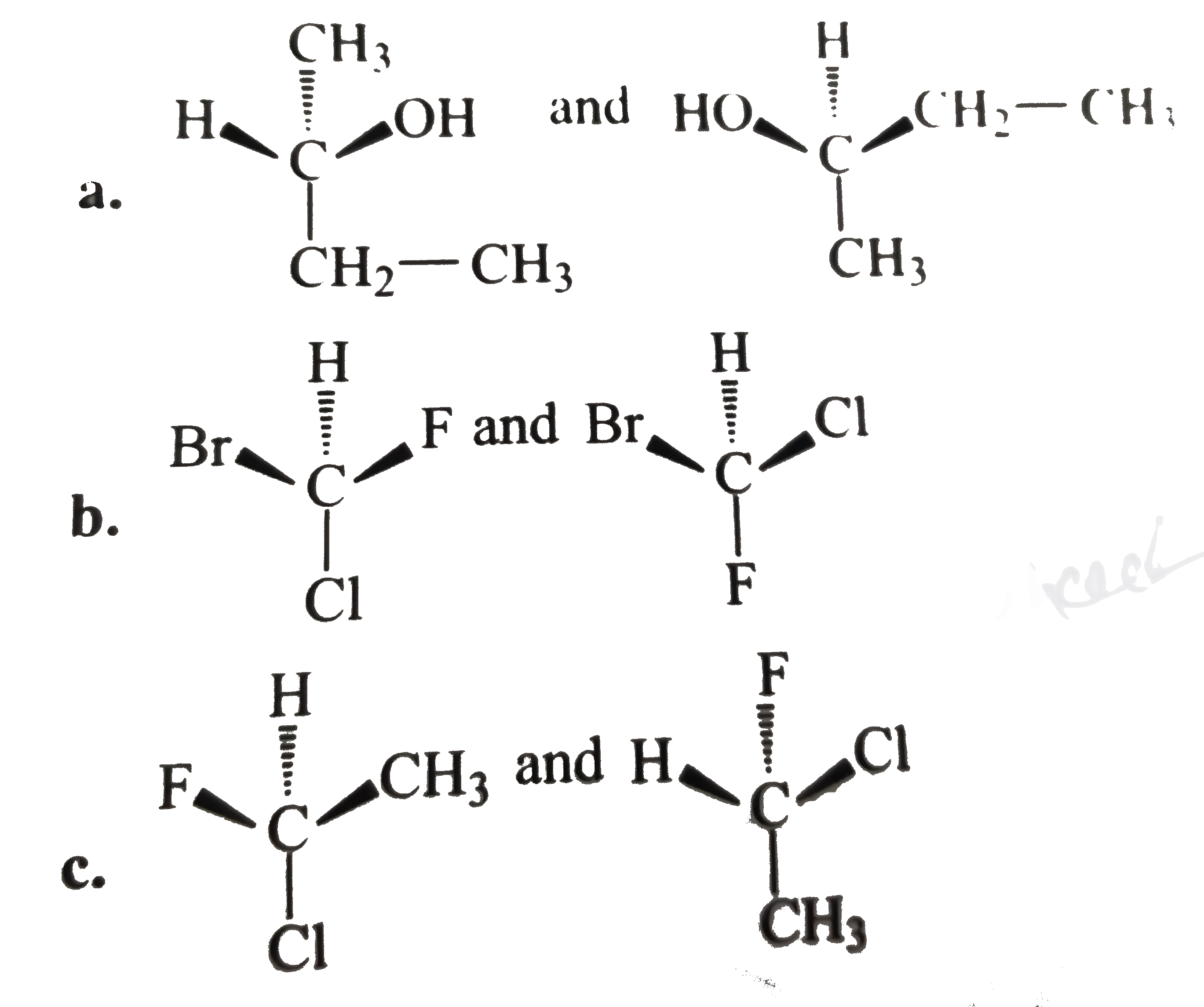
a. Enantiomers
b. Enanitomers
c. Two molecules of the same compound.
Topper's Solved these Questions
- ISOMERISMBOOK - CENGAGE CHEMISTRYCHAPTER - ISOMERISMEXERCISE - (Linked Comprehension Type)Exercise
14 Videos
- ISOMERISMBOOK - CENGAGE CHEMISTRYCHAPTER - ISOMERISMEXERCISE - Multiple choice questions (Exercise)
38 Videos
- ISOMERISMBOOK - CENGAGE CHEMISTRYCHAPTER - ISOMERISMEXERCISE - Example
15 Videos
- IONIC EQUILIBRIUMBOOK - CENGAGE CHEMISTRYCHAPTER - IONIC EQUILIBRIUMEXERCISE - Archives Subjective
28 Videos
- NCERT BASED EXERCISEBOOK - CENGAGE CHEMISTRYCHAPTER - NCERT BASED EXERCISEEXERCISE - Chemical Equilibrium
72 Videos
Similar Questions
Consider the following pair of structrue and tell whether they represent enantiomer or two molecules of the same compound in different oreintation.
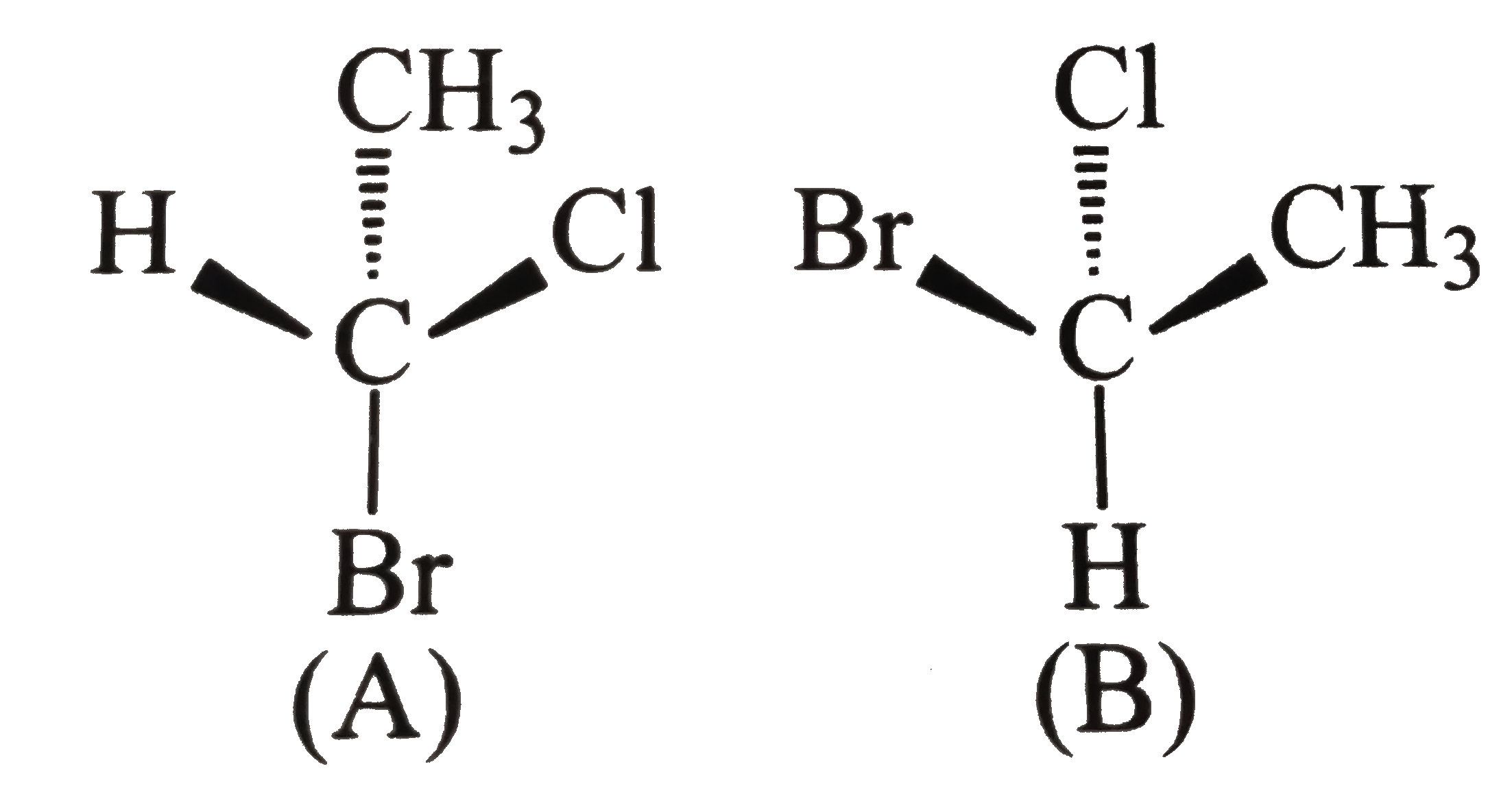
View SolutionConsider the following pairs of structrue. Identify the relationship between them by describing them as presenting enantiomers, diastereomers, consitutional isomers, or two molecule of the same compound.
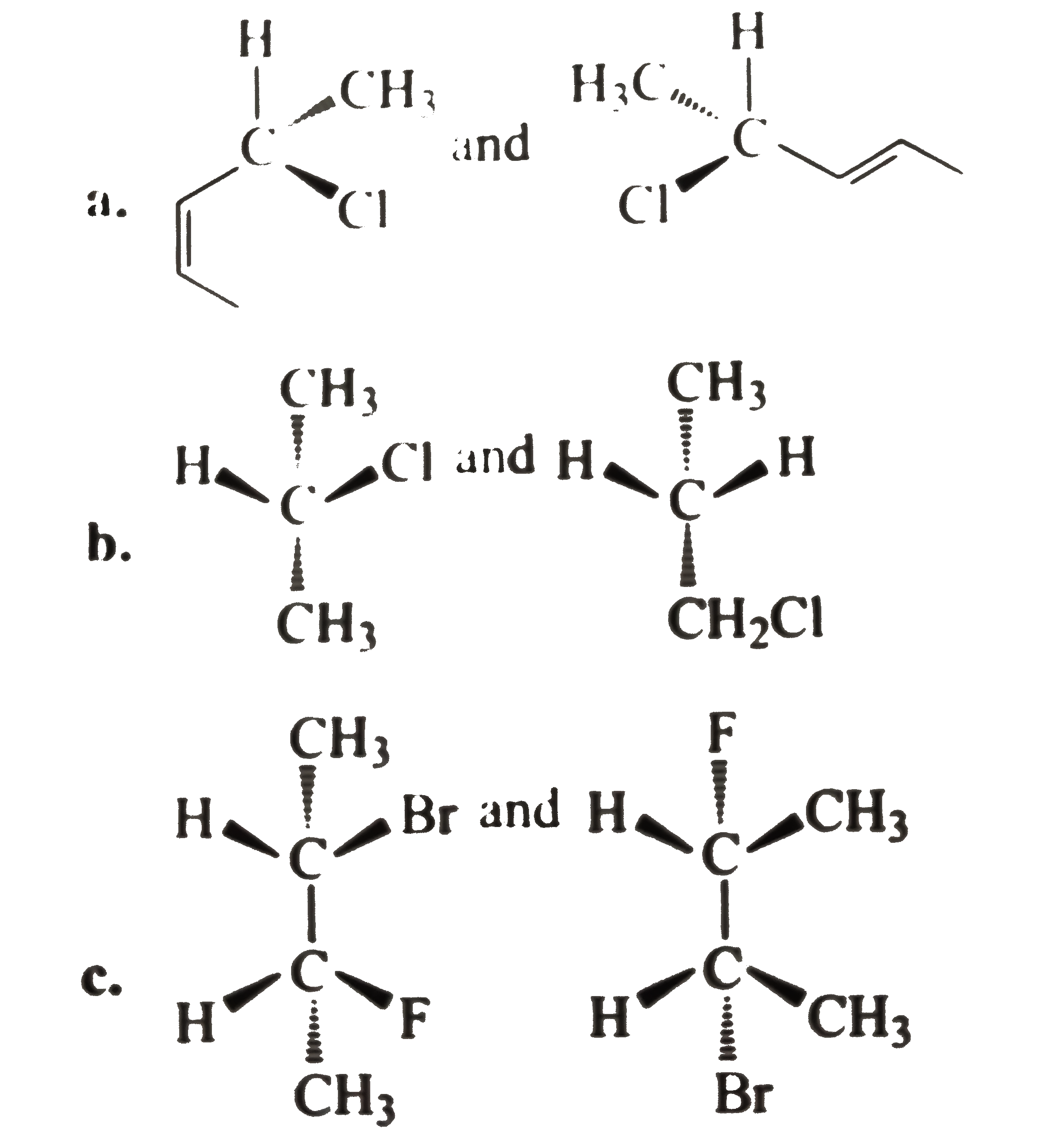
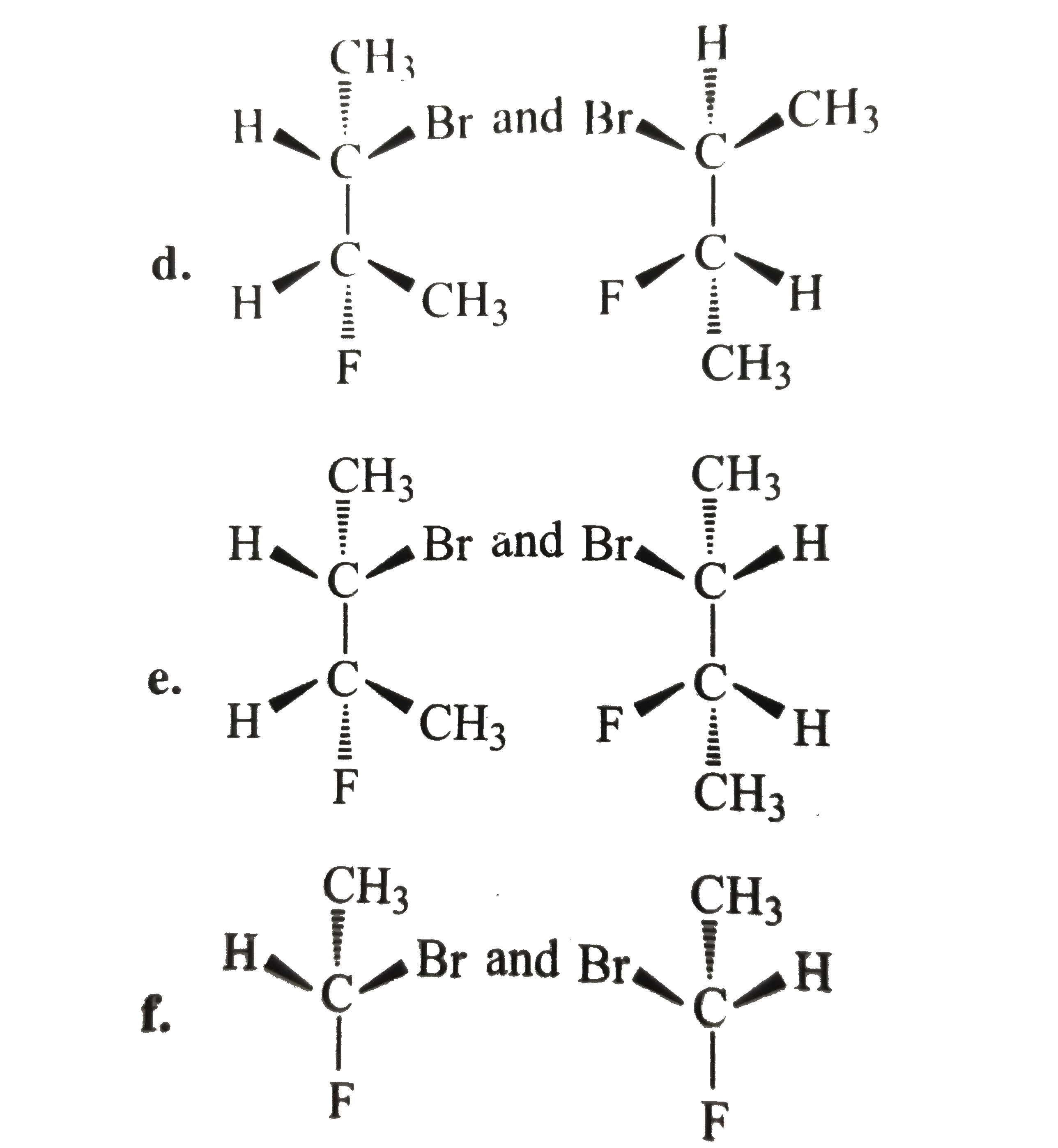

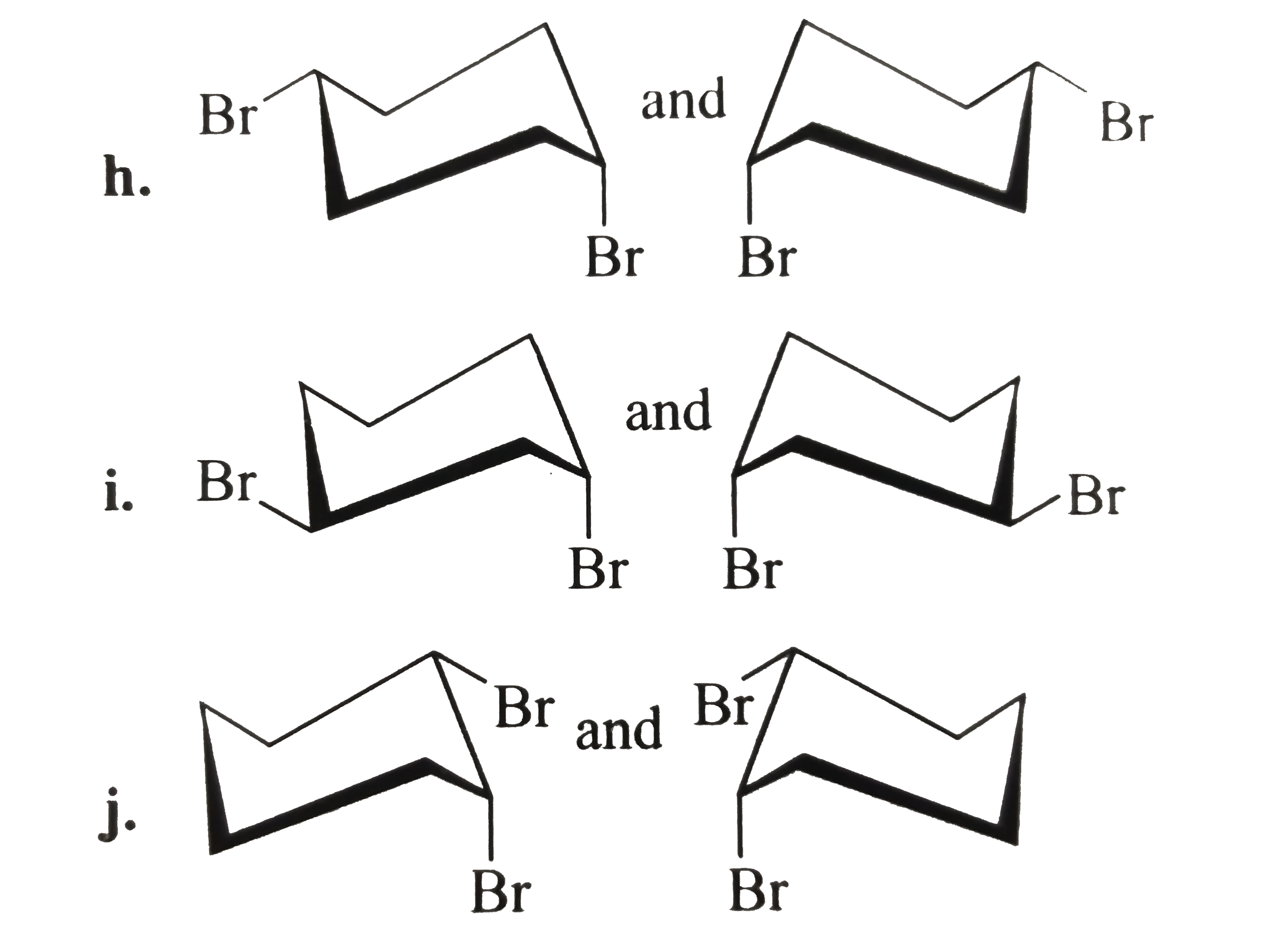
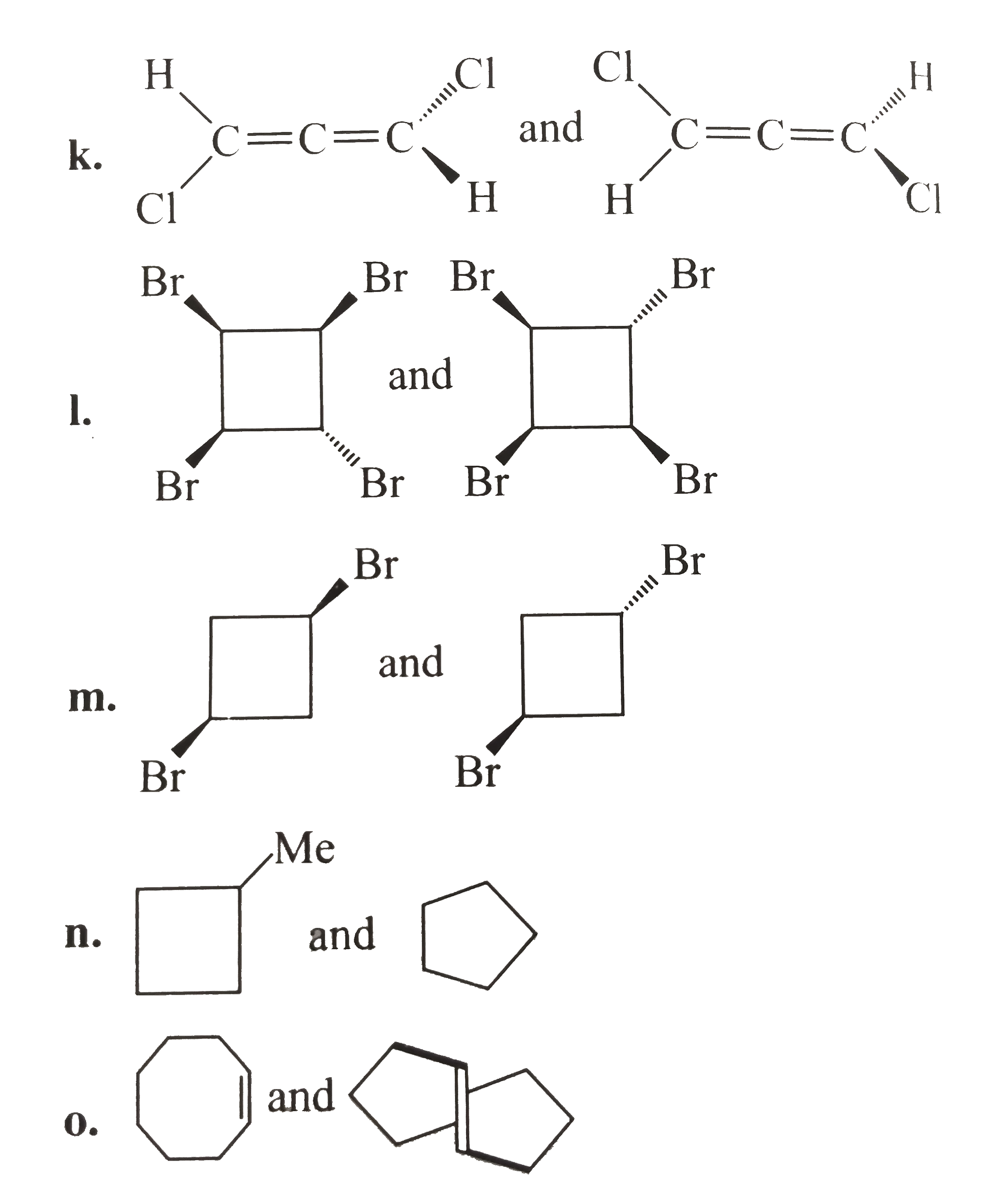
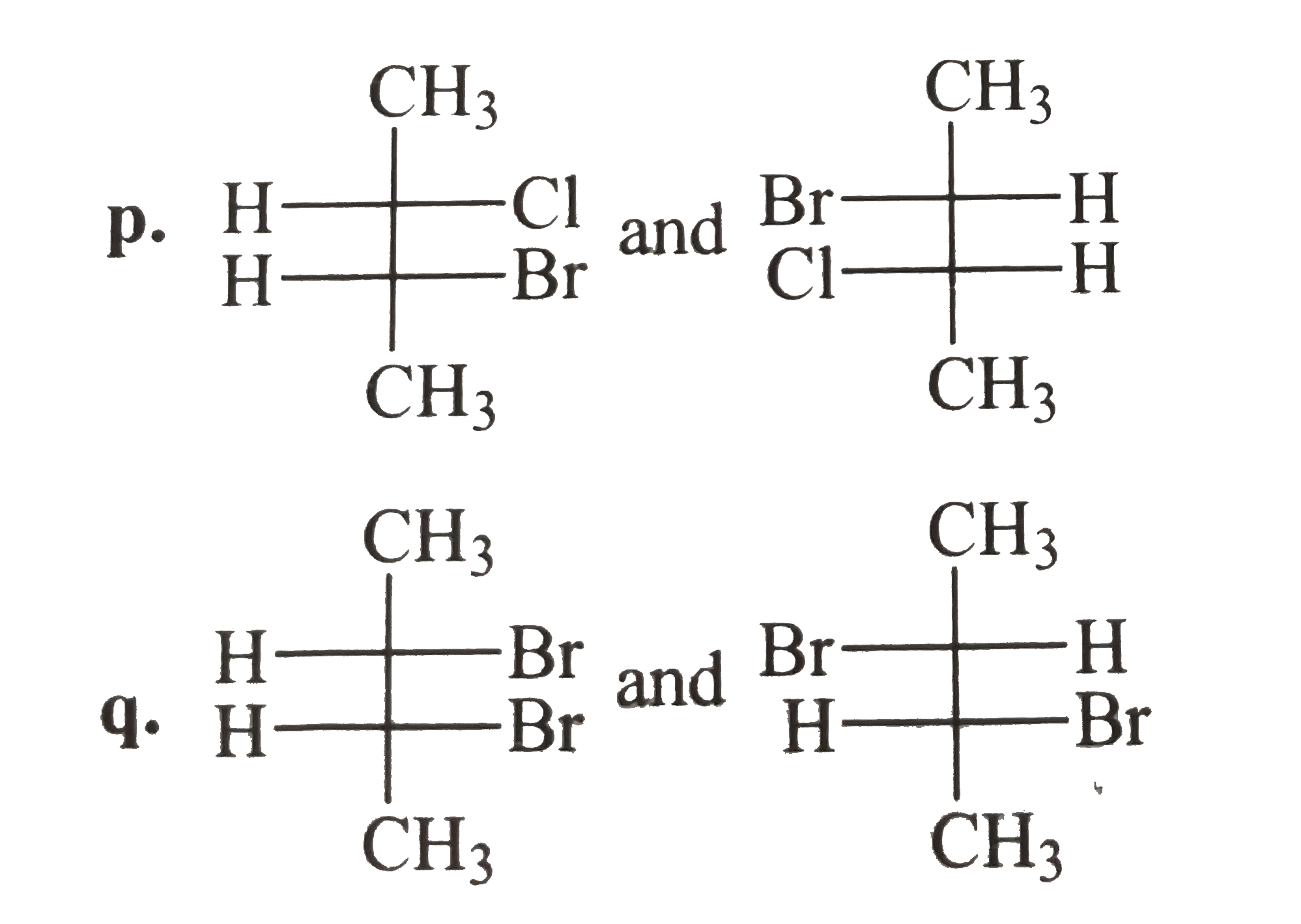
View Solution
Knowledge Check
The two projection formulae that represent a pair of enantiomers are.
 AI and IIBIII and IVCI and IIIDII and IV
AI and IIBIII and IVCI and IIIDII and IVA compound 'X' on ozonolysis form two molecules of HCHO. Compound 'X' is
AC2H4BC2H2CC2H6DC6H6Two enantiomers differ with respect to
AMelting pointBRefractive indexCDirection of rotation of plane polarised lightDSolubility in achiral solvents
The orientation of electron pairs and the shape of molecule are different in
View SolutionWhich two of the following compounds represents a pair of enantiomers ?
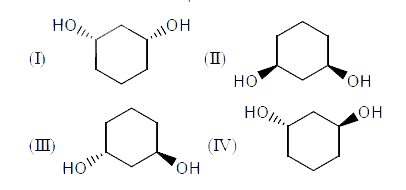
View SolutionRepresent graphically by two separate diagrams in each case :
(i) Two sound waves having the same amplitude but different frequencies.
(ii) Two sound waves having the same frequency but different amplitudes.
(iii) Two wound waves having different amplitudes and also different wavelengths.
View SolutionIn which of the following pairs, the shapes of the two molecules/ions is same?
View Solution
The molecules represented by the above two structures are :
View Solution
